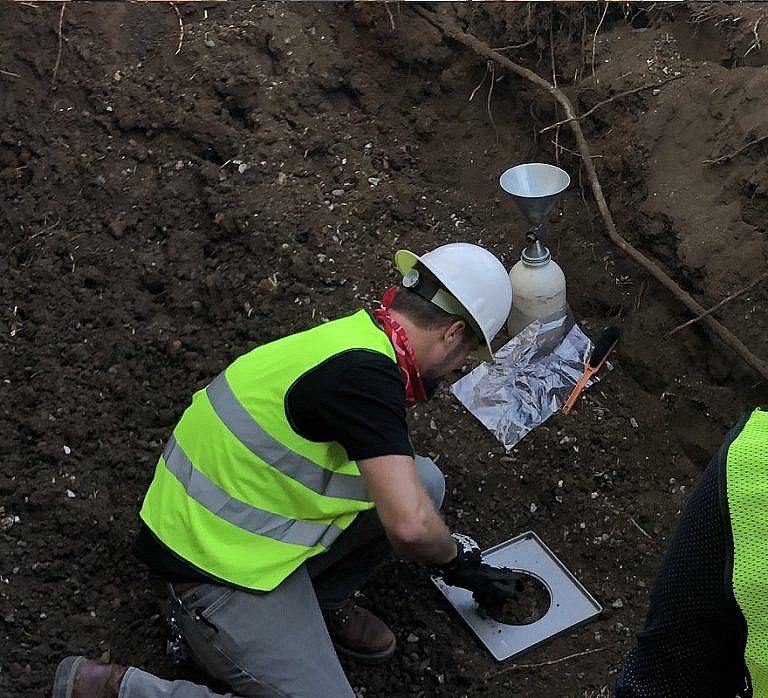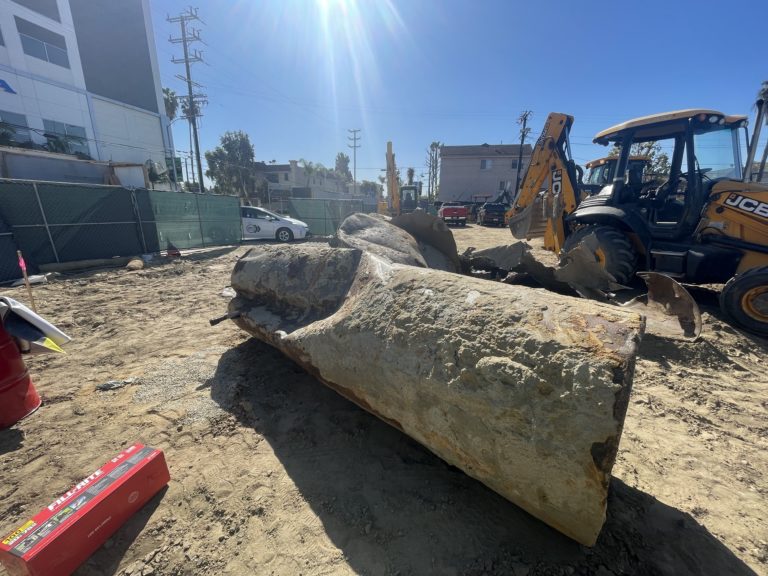What is a Concrete Gravity Dam?
A Concrete Gravity Dam is also known as “Gravity Arch Dam,” and is a freshwater-retaining concrete structure that has a wider footing (base) than the top-section. The purpose of a Concrete Gravity Dam is to maintain a low center of gravity, in order to avoid collapsing in the event of an abutment seal failure. In fact, a Gravity Arch Dam that is properly placed atop geologically stable formations is the safest type of dam. The other types of dams are Embankment Dams, Concrete Arch Dams, and Concrete Slab & Buttress Dams. Concrete Gravity Dams also require the most material for construction. Thus, there is usually a large portion of nearby rock fragments in the cement as aggregate.



